What blockchain is used for: applications and examples
Many large companies already use blockchain in their daily work: for example, Walmart tracks supply chains, and Disney protects copyright. We figured out what tasks this technology would be useful for, how to switch to new reporting, and why the blockchain stores information more reliably than the usual DBMS
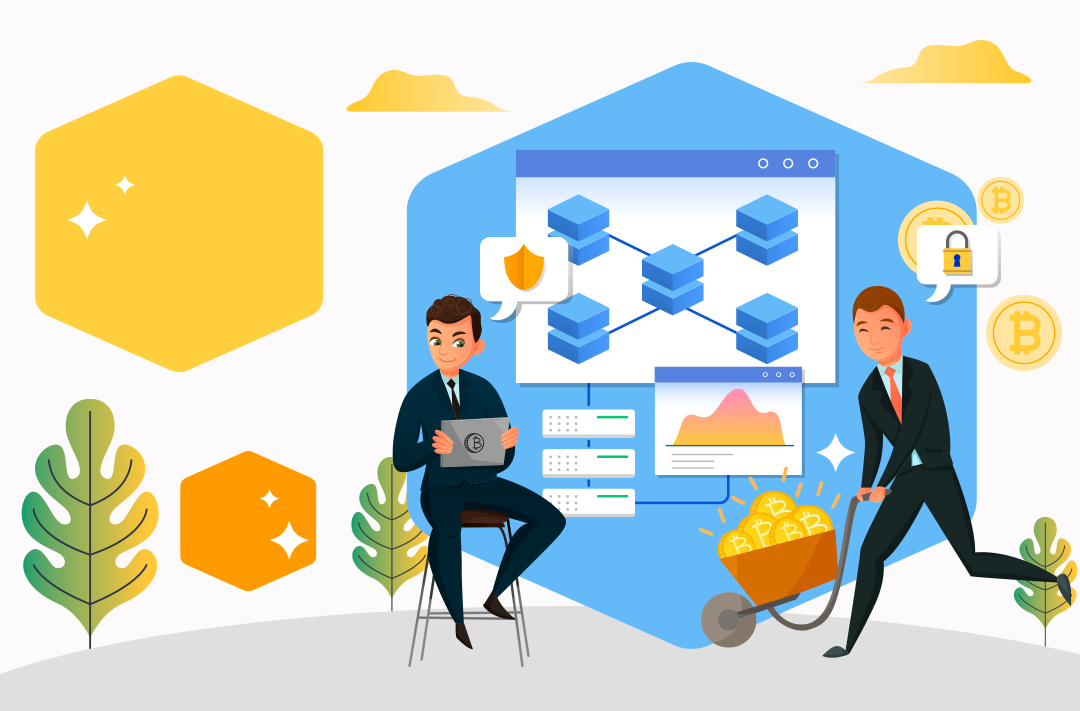
26.09.2021
3637
8 min
1
.
What is blockchain?
A blockchain is a chain of blocks with transaction records. Each subsequent block contains information (hash) about the previous one, so to change one of the earlier blocks, you will have to recalculate all the subsequent ones.
The blocks cannot be edited or deleted, you can only add the next one. The information is stored on the computers of all participants in the chain. All participants can also enter data. When using blockchain, there is no need for a server with a database.
How blockchain works
The life cycle of a transaction is as follows:
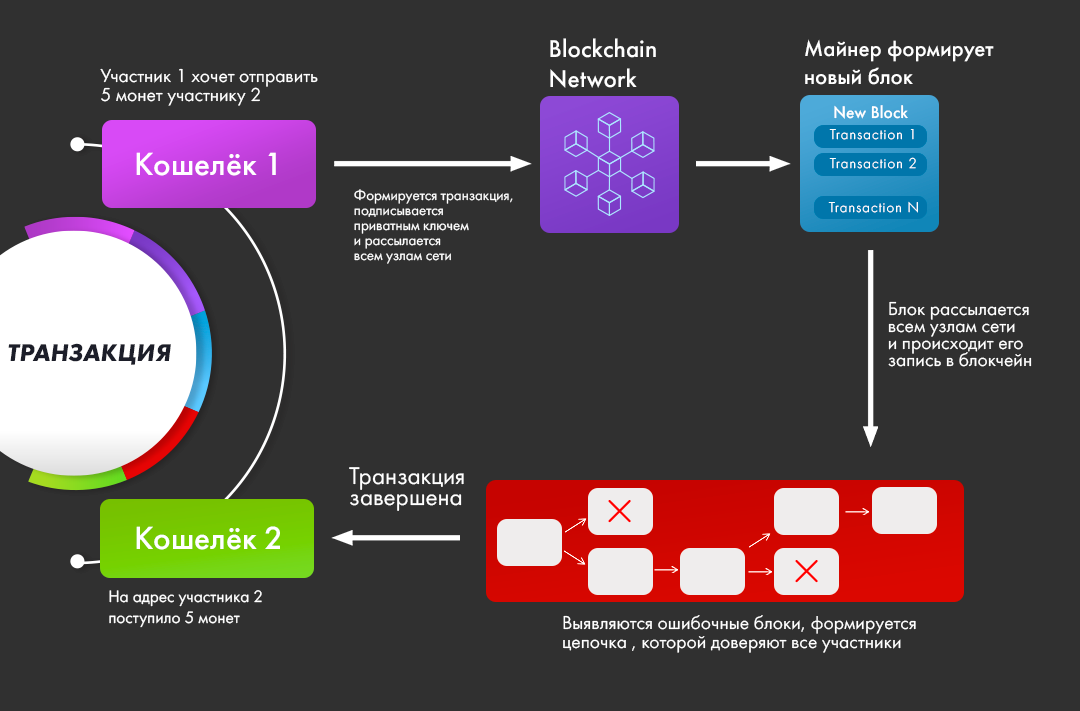
Since each block contains a hash of the previous one, users can verify the authenticity of transactions. The variant that occurs on most nodes on the network is considered valid. This is called blockchain consensus. This algorithm eliminates fraud because it is impossible to change all copies. In the network, only one computer (node) records a block of transactions, and everyone else checks it for correctness. For example, the client will not be able to get insurance twice, because the payment has already been fixed in the block, and the repeated transaction will not be validated.
Why do we need a blockchain anyway?
Blockchain is convenient not only for recording transactions. It is used to track the supply chain, assign insurance payments and protect copyrights. A continuous blockchain contains reports on the movement of goods, insurance history, and the use of copyrighted content. This makes business processes transparent to counterparties, and smart contracts make contract compliance easier.
Verifying information about the goods
Since each user has access to information from all blocks in the form of a hash, both the owner and the counterparty can verify any operation for the entire existence of the chain. This helps to track the supply chain or the history of payment for goods.
In a public blockchain, all information is available to both the company's employees and counterparties. In a hybrid one, only the data needed to complete a transaction can be accessed by customers and employees.
Making reporting transparent
Blocks cannot be edited or deleted, so data substitution becomes impossible. If the supplier has not delivered all the goods, the blocks will still contain information on how much cargo is to be delivered according to the contract. You cannot change this figure retroactively.
Since copies of the database are on every computer, users do not need a central server. You can get information without intermediaries. For example, you can check the history of property owners not by an extract from the Rosreestr (The Federal Service for State Registration, Cadastre and Cartography), but directly see the whole chain of sales. In this case, the fraudster will not be able to sell the same apartment twice, as it happens now, because the system will not confirm the re-sale.
Protecting yourself from DDoS attacks
A decentralized system is more fault-tolerant because data and functions are evenly distributed among the computers. If the DBMS server crashes, it means that the service will stop working and roll back to the last backup. Some data may be lost in this process. The failure of one PC in a decentralized network does not lead to any negative consequences. The remaining machines save data, accept requests and perform operations. DDOS attacks on a distributed system are meaningless.
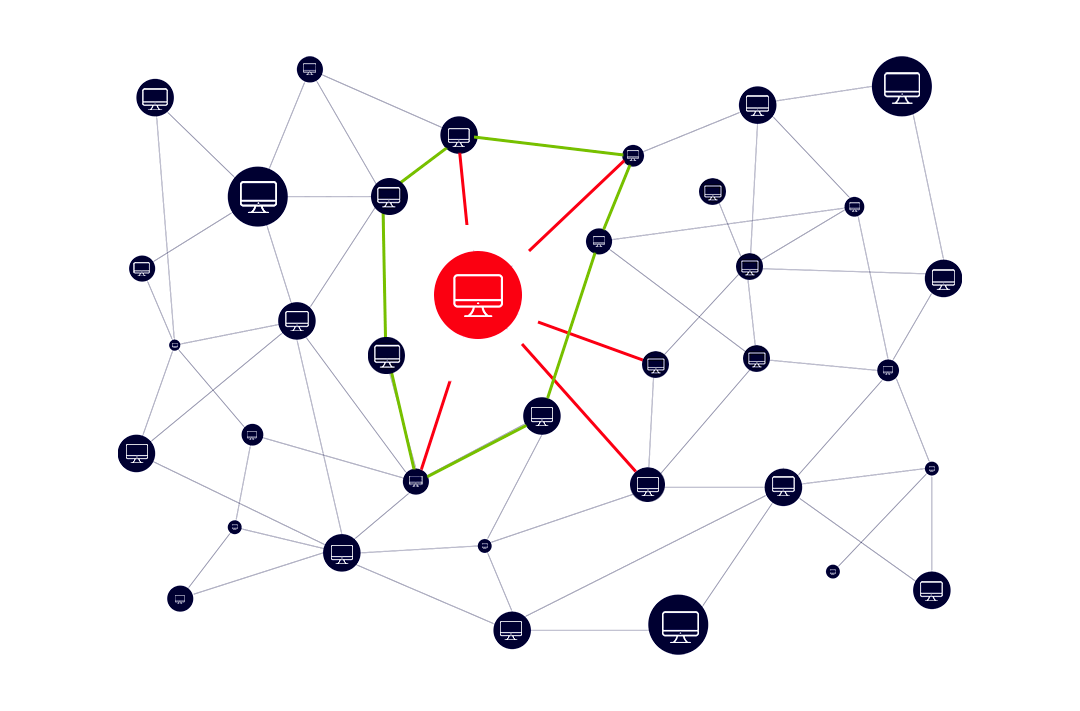
Computerizing contract execution
The advantage of the second-generation blockchain is smart contracts. This is an algorithm that specifies the terms of insurance payments, rental period, or settlement with a counterparty. The executable code of the smart contract has access to blockchain data and automates the execution of contract clauses. For example, it closes access to content after the license expires. Unlike a regular database, a smart contract is executed in a distributed blockchain network and no one will be able to interfere with its operation.
What business problems does blockchain solve?
Financial reporting
In Russia, the blockchain is already used by Sberbank. It is an open-source platform based on Hyperledger Fabric. The bank's management uses it to track financial transactions, automate payments, and plans to issue its own digital currency.
Sberbank also launched a marketplace to sell “green” I-REC certificates based on its blockchain platform. The association of market participants “Goal number Seven” issues I-REC certificates, which confirm that energy has been produced without emitting CO2.
The Microsoft Azure BaaS-based blockchain is used in the sale of carbon dioxide emission quotas. In such a system, fraud with certificates is impossible, since information about operations is available to all participants.
Logistics
With blockchain, you can track the movement of goods, as Amazon and Walmart do. Each item of work with the product is marked in the blockchain: purchase from a supplier, shipment from a warehouse, receipt in a store. Smart contracts automate money refunds. This helps to track the origin of low-quality goods. For example, finding the source of an infected mango batch. Blockchain reduces the search time to 2 seconds. Previously, this process took about a week.
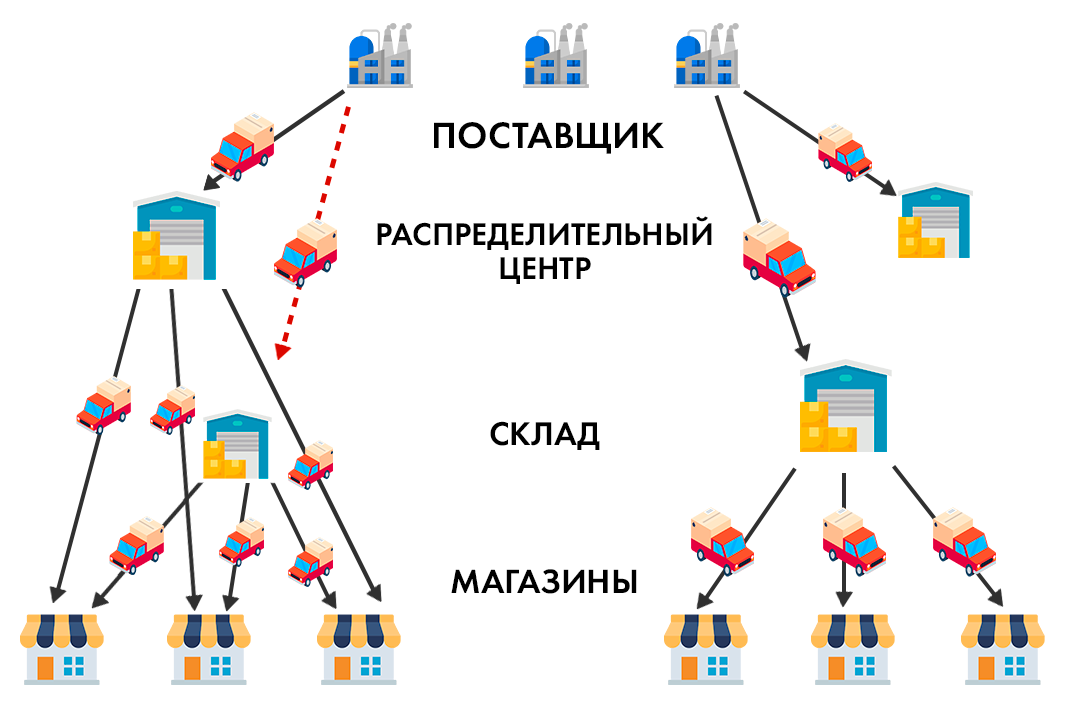
Storing and processing personal data
Blockchain makes life easier for insurance companies and medical institutions: If medical records are stored in the blockchain, any hospital has access to them without a request to the local clinic. Patient information is encrypted: in case of hacking, hackers would have to find the patients' private keys.
Smart contracts help allocate quotas for procedures and automatically pay out money in insurance cases. This eliminates the human factor in decision-making and saves time: the algorithm calculates the amount of payment in accordance with the contract and transfers the money to the client.
Copyright protection
Disney suffers losses because of pirates who upload movies to torrents, so the company distributes all content via blockchain. This way, the distributor can confirm that the film was officially purchased, while Disney can limit the number of plays. For this purpose, the media giant created its own blockchain platform Dragonchain. Now it is an independent project, and its services are available not only to the Walt Disney Company. Alibaba Holding has launched an NFT-marketplace for the sale of copyrights. Now independent specialists will be able to sell copyrights on their content to third parties.
How to integrate blockchain into business processes?
Creating your own blockchain
First, you need to decide whether a private or public blockchain is right for your company. In a private blockchain, information is stored in the local office’s network. If the users' computers have no access to the Internet, the data is protected from leakage. This option gives maximum privacy: hacking would require physical access to one of the computers.
The disadvantage of a private blockchain is that the scale of such a network is not much different from a conventional distributed database. At the same time, you would still need programmers to develop and support the blockchain platform.
All this incurs additional costs, which can be avoided when using a public blockchain on a ready-made platform.
Using a ready-made platform
If a public blockchain is suitable for you, you can use ready-made platforms. It can be Ethereum or Hyperledger Fabric. The latter is used by Sberbank. Hyperledger Fabric is supported by the Linux Foundation.
A ready-made platform eliminates development costs, full-time programmers only support and adapt the code under the supervision of vendor specialists. Such a system is more fault-tolerant than a private network since it includes more computers.
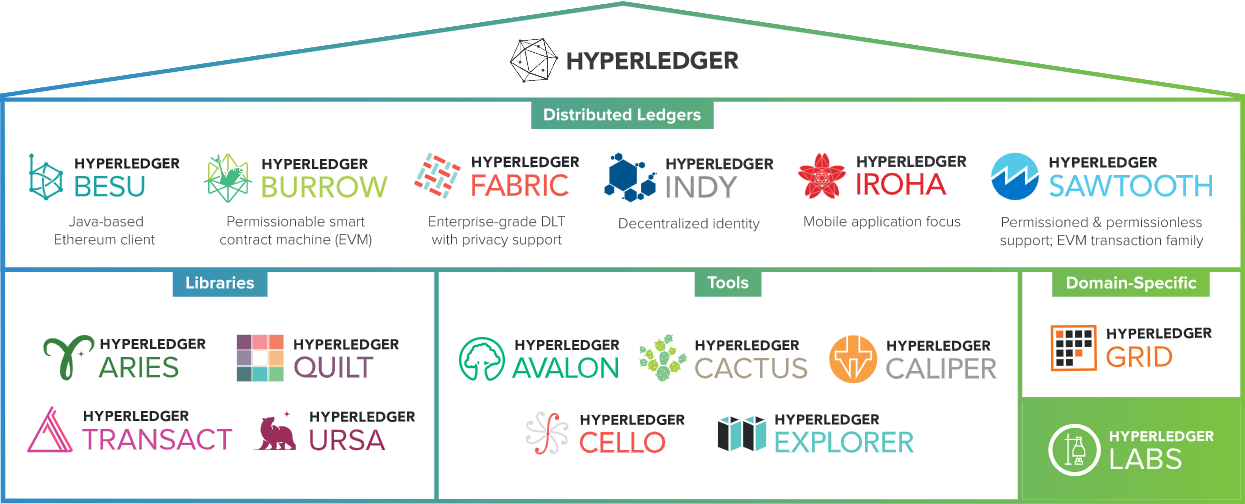
Outsourcing
Outsourcers take over the full maintenance of the blockchain: you don't need developers, just the knowledge of how to use the platform. Such a solution is called Blockchain as a Service (BaaS). The system is supported by a whole staff of specialists, and the client saves on programmers. This is convenient, but if you decide to change the supplier, you will have to change the platform, and transfer the data to a new chain. The operation of the platform is completely dependent on a third-party company - this is another drawback of BaaS.
BaaS services are offered by Microsoft, Dragonchain, and IBM.
IBM offers a 30-day free trial of their services. During this time, you can decide if the terms of service are right for you or if you should look for another vendor.
Dragonchain offers hybrid blockchain services. It is up to the user to decide which transactions to make public and which ones should remain private. For example, it is possible to provide partial access to counterparties and inspection authorities. There is no trial period.
The Microsoft blockchain is completely public. There is no trial period, but there are free tools. In addition, you can buy a license to use MS SQL or space in the cloud storage.
When is the blockchain not needed?
The blockchain simplifies the work of large enterprises, however, for a private clinic, an insurance company, or a small chain of stores, support costs can cover all the benefits. In this case, it is better to settle for a conventional database. An experienced DBMS administrator is easier to find than a blockchain developer, and their services are cheaper.
Conclusion
In public companies, the blockchain automates operations, facilitates interaction with counterparties, stores information securely, and allows you to track the origin of low-quality goods and copyright violations. This helps to save on intermediaries, reduce the loss from theft and escape from DDOS attacks.
Useful material?
Basics
Why Satoshi Nakamoto’s technical manifesto for a decentralized money system matters
Oct 31, 2022
Basics
Experts evaluated the development prospects of the new ecosystem and the investment attractiveness of its token
Oct 20, 2022
Basics
How to track fluctuations correctly and create an effective income strategy
Sep 13, 2022
Basics
Review of the most profitable offers from proven trading platforms
Aug 29, 2022
Basics
The Ethereum Foundation team has published a breakdown of major misconceptions about the upcoming network upgrade
Aug 18, 2022
Basics
What benefits the exchange offers, and what else is in the near future
Aug 4, 2022









 Telegram
Telegram  Twitter
Twitter